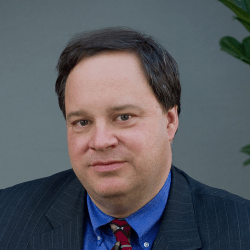The Brookings Institution is committed to quality, independence, and impact.
We are supported by a diverse array of funders. In line with our values and policies, each Brookings publication represents the sole views of its author(s).

Research
BPEA | 2005 No. 1

2005, No. 1
IT is difficult to see how real U.S. GDP growth can be as rapid in the
next half-century as it has been in the last. The baby boom is long past,
and no similar explosion of fertility to boost the rate of labor force growth
from natural increase has occurred since or is on the horizon. The modern
feminist revolution is two generations old: no reservoir of potential female
labor remains to be added to the paid labor force. Immigration will doubtless
continue—the United States is likely still to have only one-twentieth
of the world’s population late in this century and to remain vastly richer
than the world on average—but can immigration proceed rapidly enough
to make the labor force grow as fast in the next fifty years as it did in the
past fifty? Productivity growth, the other possible source of faster GDP
growth, is a wild card: although we find very attractive the arguments of
Robert Gordon for rapid future productivity growth,1 his is not the consensus
view; this is shown most strikingly by the pessimistic projection of
the Social Security trustees that very long run labor productivity growth
will average 1.6 percent a year.